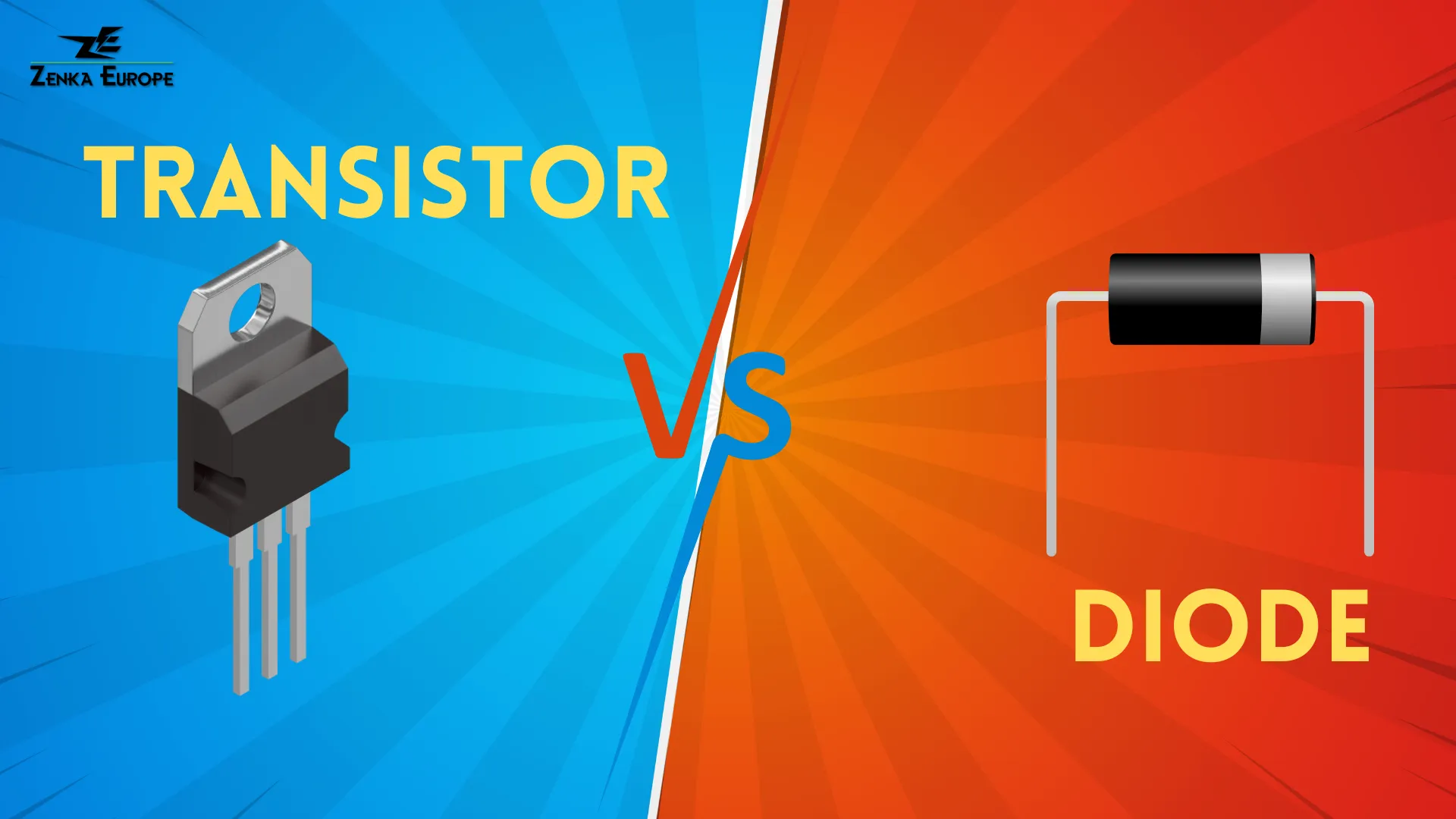
When it comes to building and designing electronic circuits, two of the most fundamental components are transistors and diodes. While they both play critical roles in various applications, their functions and purposes are quite different. Understanding the distinction between them is essential for anyone involved in electronics, from hobbyists to professional engineers.
In this article, we will dive into the key differences between transistors and diodes, exploring how they work, their applications, and why each is indispensable in modern electronics. Whether you are designing circuits for computers, smartphones, or industrial machines, mastering these components will help you make more informed decisions about your electronic designs.
A transistor is a semiconductor device that can act as a switch or an amplifier. Its primary role is to control the flow of electrical current. Transistors are essential in electronic devices, from simple circuits to complex computing systems. Their ability to either allow or block the flow of current enables them to "switch" on and off, making them ideal for controlling digital signals. When used as amplifiers, transistors can increase the strength of weak electrical signals, a function crucial for audio systems, radios, and other communication technologies.
There are mainly two types of transistors:
Transistors are everywhere in modern electronics. Here are a few examples:
A diode is a semiconductor device that allows current to flow in only one direction. It acts as a one-way valve for electric current, ensuring that electricity flows correctly through a circuit. Diodes are crucial for protecting electronic circuits from damage caused by reverse current (current flowing in the wrong direction). They are often used in applications where power needs to be directed in a specific path without the risk of reverse voltage spikes.
There are several types of diodes, each designed for specific applications:
Diodes are integral to various electronic systems, particularly for controlling the direction of current and protecting circuits:
In many circuits, transistors and diodes work hand-in-hand to achieve more complex functions. For example, in power supply circuits, diodes can rectify AC current to DC, while transistors regulate and amplify the output to ensure stable voltage levels. In amplification circuits, diodes may be used for signal rectification, while transistors amplify the rectified signals for further processing.
In a basic power supply circuit, the AC voltage from the mains is first converted into DC using a diode bridge (rectifier circuit). The resulting DC voltage may still contain ripples or fluctuations, which are smoothed out by capacitors. However, to regulate the output voltage more precisely, a transistor can be used to maintain a stable DC output, ensuring consistent power delivery to electronic devices.
Both transistors and diodes are vital components in modern electronics, but they serve very different purposes. Transistors are more versatile, capable of switching and amplifying signals, making them fundamental in digital and analog systems. On the other hand, diodes offer a simpler but crucial role in controlling the direction of current and protecting circuits from damage caused by reverse voltage.
Understanding how to use these components properly is key to designing efficient and reliable electronic systems. While diodes provide essential protection and current flow control, transistors bring dynamic control over electronic signals, enabling the complex functionality we see in today’s technology.
The main difference is that a transistor can act as a switch or an amplifier, controlling current flow, while a diode only allows current to flow in one direction, preventing reverse current.
No, a diode cannot amplify a signal. Its function is to allow or block current flow, while transistors are used for amplification purposes.
Diodes are commonly used in rectification (converting AC to DC), circuit protection (blocking reverse currents), and in LEDs for lighting.
Transistors are the building blocks of digital circuits because they can rapidly switch between on and off states, representing binary 1s and 0s. This makes them crucial for processing data in devices like computers and smartphones.
Power supply circuits, amplification systems, and signal modulation circuits often use both transistors and diodes to achieve rectification, regulation, and signal control.
To know more, watch our video : https://www.youtube.com/shorts/h1OVYWB767Y